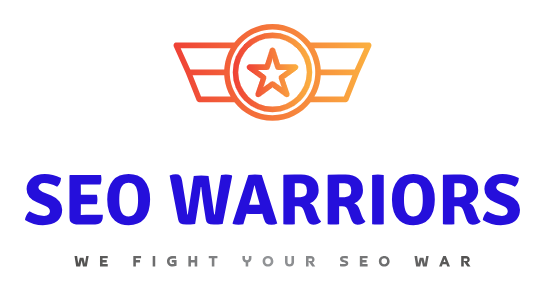
Search engine optimization (SEO) for Transportation Industry in Singapore is an essential aspect of content marketing. It earns 54 percent more leads than traditional marketing and is responsible for building brand awareness. It also helps establish authority and credibility. Sixty percent of consumers prefer companies that produce original content. As a result, content marketing helps increase brand awareness and loyalty.
Improves user experience
Search engine optimization (SEO) is an important part of a website’s overall strategy to increase visitors. It aims to provide a great user experience to customers while they are browsing. SEO strategies involve micro-conversions, which aim to keep users engaged by providing relevant content, reducing bounce rates and extending sessions. They also use web design techniques to increase conversion rates by using clear call-to-actions. These design strategies will ensure that users are directed to key pages where they can complete the desired action.
A good user experience can increase your website’s SEPR and brand awareness. When users are happy with the site, they are more likely to make a purchase or come back again.
Increases credibility
Getting your website listed on the first page of Google helps build your credibility and trust among prospective clients. The search engine algorithm identifies and evaluates dozens of signals that determine a website’s placement. Consumers generally trust websites that appear first on Google, because they expect to see relevant content first. Moreover, research shows that seventy-five percent of internet users will not even look at page two, so your credibility is further enhanced by being listed at the top of the first page.
Another benefit of SEO is that it increases brand awareness. People often forget the name of a company, but if they remember a keyword related to it, they will be more likely to search for it online. Additionally, SEO helps businesses build credibility over time. Once a website appears at the top of a search engine results page (SERP), it will likely remain there for a long time.
Increases ROI
Using SEO will bring more traffic to your business, which will improve your ROI. It will also help you get a higher ranking on SERPs. The more traffic you get, the more likely people are to convert. Search engine optimization can increase your online presence and sales without spending a dime on paid advertising.
But be warned: SEO will take time. It may take months or even years before you start to see any significant ROI. It is not a quick fix, and it isn’t worth spending a lot of money on it unless you’re willing to wait years to see results. The best way to maximize ROI is to invest in SEO for the long term.
ROI is one of the most important metrics for investors. A low ranking in search results will hurt your ROI, so it’s crucial to stay on top of the rankings. Listed on the first page of search results will get your website more organic traffic.
Helps establish authority
Creating a trustworthy and authoritative online presence is a key part of SEO. Not only does this help your SEO efforts, but it also builds confidence with potential customers. This is what Google is looking for, and it is possible to create a trustworthy online presence with SEO. However, the key is to be consistent and patient.
Cost-effective
Search engine optimization for Transportation Industry in Singapore is a powerful marketing strategy that attracts customers to your website. While you may not see results immediately, they are long-term and will bring you new customers for a long period of time. This type of marketing strategy has a low initial investment, and you can use it to increase your sales without breaking the bank.
The cost of SEO varies, depending on the size and scope of your project. Small-scale SEO can cost as little as a couple hundred dollars per month, while enterprise-level SEO can cost thousands. It also depends on the level of competition in your market. Highly competitive markets require more advanced strategies, which can increase the cost.
